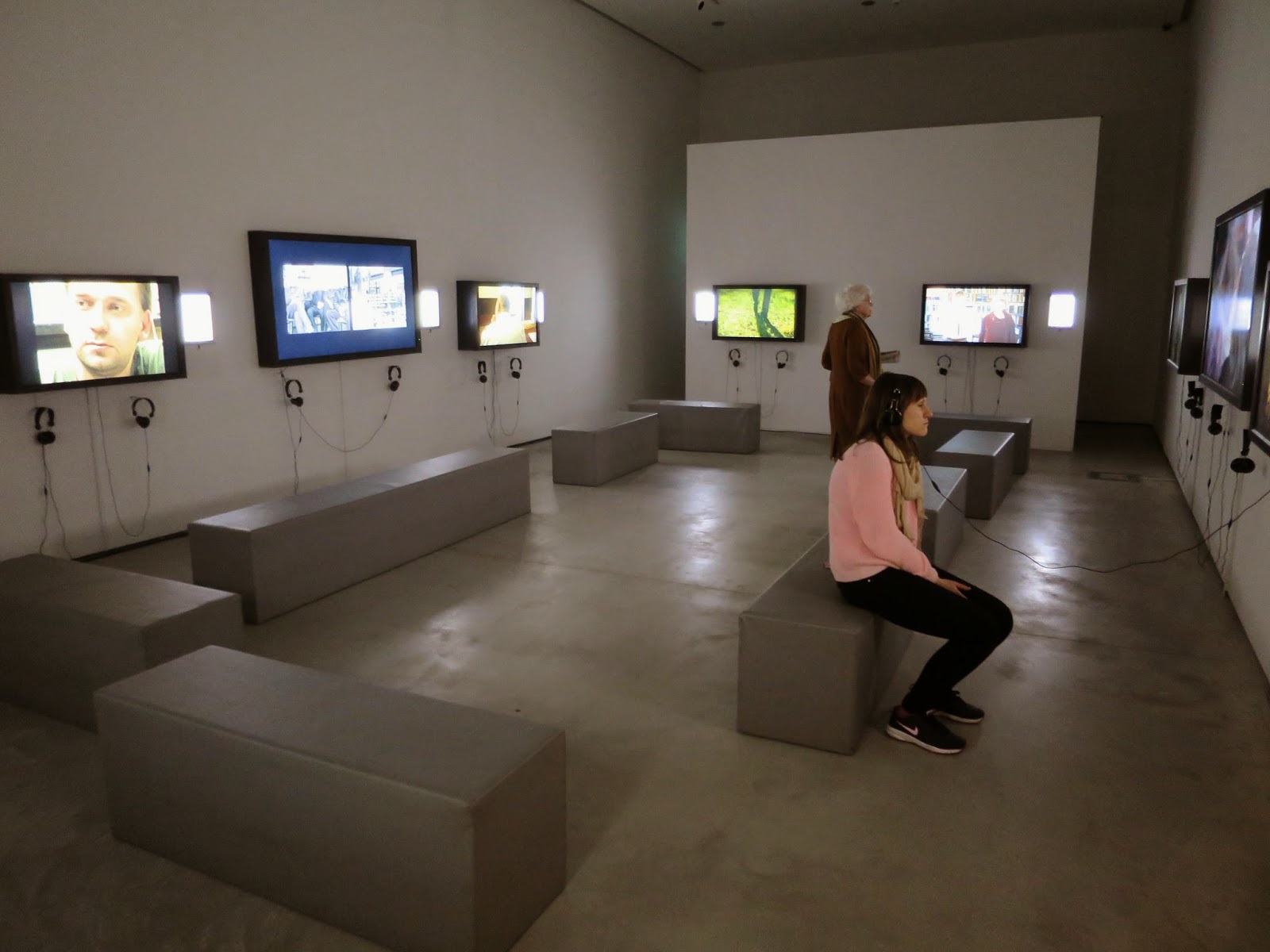The project of creating a Museum of Contemporary Art in Kraków, which had been discussed for years both within the artistic community and local government finally became reality towards the end of 2004.
Since my husband and I have moved to Europe, we have definitely found ourselves wondering museums and galleries more often. We recommend paying this contemporary art museum a visit because it offers a unique experience in relation to everything else that Kraków has to offer.
MOCAK’s two most important aims are presenting the art of the two last decades in the context of the post-war avant-garde and conceptual art as well as clarifying the rationale of creating art by highlighting its cognitive and ethical value and its relationship with everyday reality.
For more information visit MOCAK'S website:
Noe Aoki
In her works, Aoki employs simple, geometric forms. In this work , she has made a number of piles out of used bars soap, each pile held together with a piece of steel wire. The piles of soap bars are reminiscent of a mountain landscape.
Kazunari Hattori
The manner in which the work has been displayed makes it borderline poster and wallpaper. The artist has used bold colour and geometric shapes that serve to produce repeating, and amusing, representations of cats. Hattori is a designer, engaged in such diverse activities as producing logos for Japan's most popular companies, book covers, packaging and posters. He uses simple elements: point, line, triangle, circle and square.
Mirosław Bałka
The last salt cylinder turns independently. The cylinders were made of salt from the Kłodawa salt mine. Salt is symbolic of wealth, of everyday utility; but also of bitterness and bad taste. Concrete stands for solidity, security, but also confinement and limitations.
Stanisław Dróżdż
The work was originally shown in a space at the Foksal Gallery. The artist uses the space of the pavilion to create a physical experience which would reflect the 'between' of the title. That which matters can often be found not so much 'in', as 'between'.
Jarosław Kozłowski
15 bowls of dried-up paint each have a matching cloth on which someone has wiped their dirty hands. Each such 'soiling/cleaning' set is ascribed to a site of genocide. Washing hands is a symbolic act of removing oneself from these events and thereby from any responsibility. However, the material testimony remains.
Katarzyna Górna
A photographic triptych, showing women in different stages of their lives - from youth through maturity to old age. The work deals with the relationship between age and attitude to life. A young woman wants to be loved, a mature woman is fed up with everything and the old woman craves peace.
Krystyna Piotrowska
The work has been made from human hair sourced by the artist. The experience of Auschwitz has affected today's perception of human hair. Cut-off and tangled, it instinctively brings connotations of subordination and death.

































































